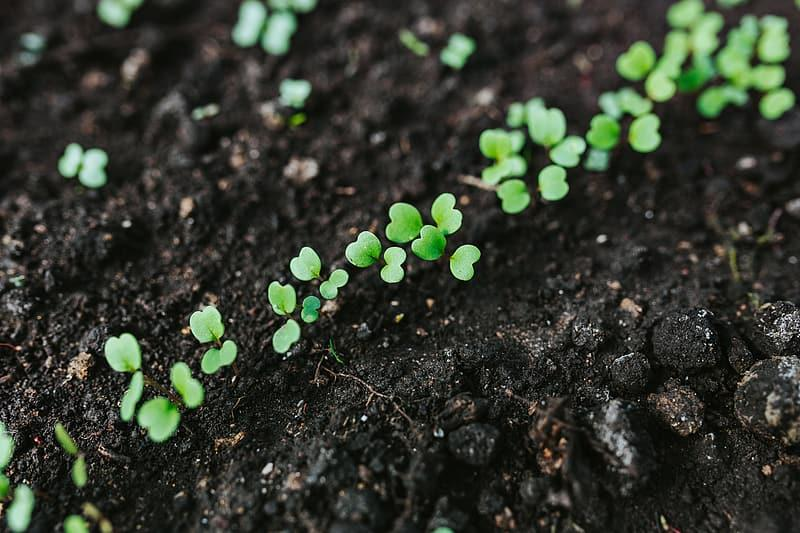
Write two characteristics of black soil.
Answer
479.7k+ views
Hint:
Soil is a layer of unconsolidated material on the surface of the earth, in which the plant is growing. Soils is a mixture of mineral grain from the earth, decomposing organic matter, and air voids. Soil is the earth material which links biosphere and atmosphere, hydrosphere and geosphere.
Complete step by step solution:
Types of soil:
- Alluvial soil
- Black soil
- Red soil
- Laterite soil
- Mountain soil
- Desert soil
Soil formation:
Solid rocks particles are broken down from mechanical weathering.
Chemical weathering releases important nutrients from rock grains.
Seeds are carried onto the soil grains and grow into plants which enrich the soil.
Microorganisms the remains of plants to form humus which further enriches the soil.
The cycle continues until the soil reaches maximum fertility given the climate it is in.
Black soils formed from lava- solidified rocks and is known as black cotton soil. The black colour of black soil is due to its iron content, deriving from plutonic lava materials.

Characteristics of black soil:
- Dark grey to black in colour
- High clay content
- Highly moist retentive
- Develops cracks in summer
- Highly suitable for cotton
- Rich in iron, lime, calcium, magnesium, alumina, carbonates.
Note:
Crops grown in black soil are cotton, sugarcane and tobacco. It is found in the central and northwestern area of the southern plateau. Black soil is known as regur soil. Black soil responds to irrigation. The pH level of the soil is
Soil is a layer of unconsolidated material on the surface of the earth, in which the plant is growing. Soils is a mixture of mineral grain from the earth, decomposing organic matter, and air voids. Soil is the earth material which links biosphere and atmosphere, hydrosphere and geosphere.
Complete step by step solution:
Types of soil:
- Alluvial soil
- Black soil
- Red soil
- Laterite soil
- Mountain soil
- Desert soil
Soil formation:
Solid rocks particles are broken down from mechanical weathering.
Chemical weathering releases important nutrients from rock grains.
Seeds are carried onto the soil grains and grow into plants which enrich the soil.
Microorganisms the remains of plants to form humus which further enriches the soil.
The cycle continues until the soil reaches maximum fertility given the climate it is in.
Black soils formed from lava- solidified rocks and is known as black cotton soil. The black colour of black soil is due to its iron content, deriving from plutonic lava materials.

Characteristics of black soil:
- Dark grey to black in colour
- High clay content
- Highly moist retentive
- Develops cracks in summer
- Highly suitable for cotton
- Rich in iron, lime, calcium, magnesium, alumina, carbonates.
Note:
Crops grown in black soil are cotton, sugarcane and tobacco. It is found in the central and northwestern area of the southern plateau. Black soil is known as regur soil. Black soil responds to irrigation. The pH level of the soil is
Recently Updated Pages
Master Class 11 Economics: Engaging Questions & Answers for Success

Master Class 11 Business Studies: Engaging Questions & Answers for Success

Master Class 11 Accountancy: Engaging Questions & Answers for Success

Master Class 11 English: Engaging Questions & Answers for Success

Master Class 11 Computer Science: Engaging Questions & Answers for Success

Master Class 11 Maths: Engaging Questions & Answers for Success

Trending doubts
1 ton equals to A 100 kg B 1000 kg C 10 kg D 10000 class 11 physics CBSE

1 Quintal is equal to a 110 kg b 10 kg c 100kg d 1000 class 11 physics CBSE

How much is 23 kg in pounds class 11 chemistry CBSE

Difference between physical and chemical change class 11 chemistry CBSE

Number of oneone functions from A to B where nA 4 and class 11 maths CBSE

What is the z value for a 90 95 and 99 percent confidence class 11 maths CBSE




